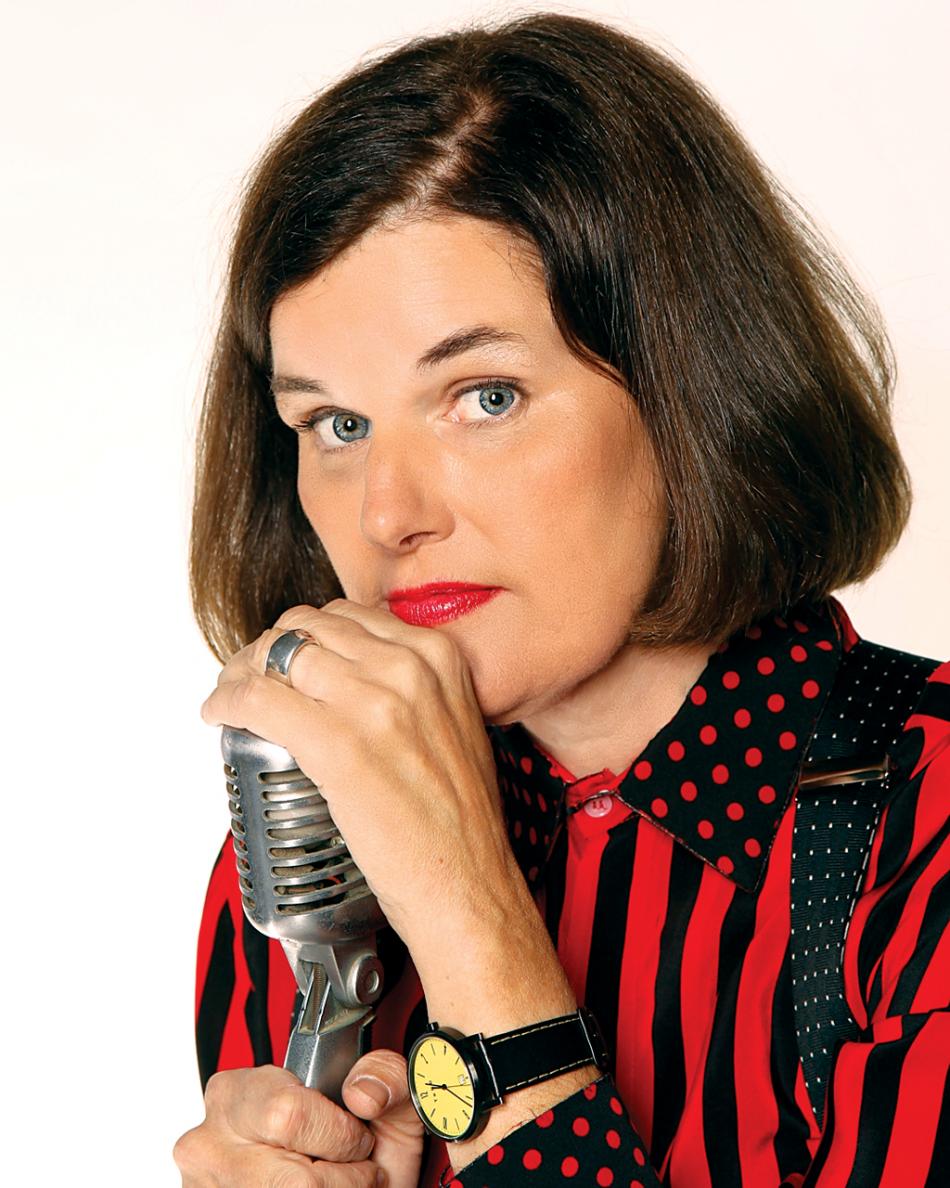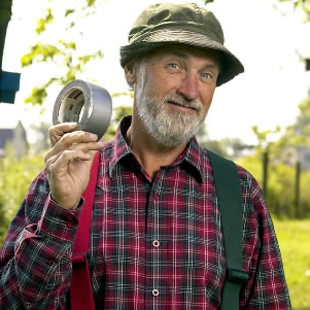Five Things You Can Do to Become More Creative
By Peter LloydThe debate will never end. Is creativity—the ability to innovate, invent, or create new and useful stuff—innate or learned? Which raises the question, can creativity be taught or learned? I have no intention of attempting to settle these questions, but I think I can probe them for insight.
 It’s clear from simply living in the world for a little while that some people behave a whole lot more creatively than others. But listen a little more closely to what people mean when they let loose with an observation like, “Wow, Paula Poundstone is really creative!”
It’s clear from simply living in the world for a little while that some people behave a whole lot more creatively than others. But listen a little more closely to what people mean when they let loose with an observation like, “Wow, Paula Poundstone is really creative!”Sometimes they mean people like Paula have achieved noteworthy creative success. Other times they mean that they behave in a creative way—they act clever, witty, and come up with lots of fresh ideas and observations. In everyday conversation we label both creative product and the creative process with one word.
Innate vs. Learned
I’ve teased two meanings out of the word creativity in order to make it clear that when I assert that creativity is both innate and learned, you know that I’m talking about both the product and the process.
Some people—from the life of the party to the inventor with a thousand patents—strike us as terribly creative. But everyone has to be creative in order to get along from day to day. We all make lots of creative decisions that solve problems every day. That fundamental ability can be nurtured and developed into more noteworthy creativity.
Traits and Practices
Once more I’d like to spit hairs. This time to distinguish between creative traits and creative practices. At least five traits common to most creative people can all be developed. Five accompanying practices, anyone can start practicing this minute.
1. Pattern Recognition and Critical Thinking
Creative people see connections others overlook. This ability helps Einsteins develop new theories, Edisons invent new devices, and Paula Poundstones to say things that make you laugh. To develop this trait, start questioning everything. Challenge authority, test common sense, and slay sacred cows. Amazing new patterns will begin to appear.
2. Curiosity and Exploration
Creative people are insatiable when it comes to taking in wonder. They find the world infinitely fascinating and thirst to know more. Want wonder? Start tinkering. Take a toaster apart. See if you can find Saturn in the sky. Look around and start investigating anything that piques your interest. You’ll find the process addictive.
 3. Decisiveness and Completion
3. Decisiveness and CompletionPeople who get creative work done do two things. They make decisions and they keep making them until they get the job done. It takes courage to make a creative call. Red rather than green, for example (unless you’re Red Green). If you have many unfinished efforts, stop putting off creative decisions and live with the consequences. The more you make, the more decisive you will become.
4. Persistence and Persistence
Persistence is what persistence does. There’s no other way to rise to the level of persistence required to crack the toughest problem-solving challenges except to keep on keeping on. Start with little problems and don’t give up till you solve them. You will build endurance and a list of creative successes as you go.
5. Optimism and Purpose
How creative people come to the optimism that drives them differs greatly. But overall, it comes from a sense of purpose. If you have a passion, you have a purpose. If you have a purpose, you will find ways to innovate, invent, and create. And even when you don’t succeed, you will believe you will succeed in the end.
That’s all it takes. Now get cracking!
Peter Lloyd is co-creator with Stephen Grossman of Animal Crackers, the breakthrough problem-solving tool designed to crack your toughest problems.
Right Brain Workouts Explained
